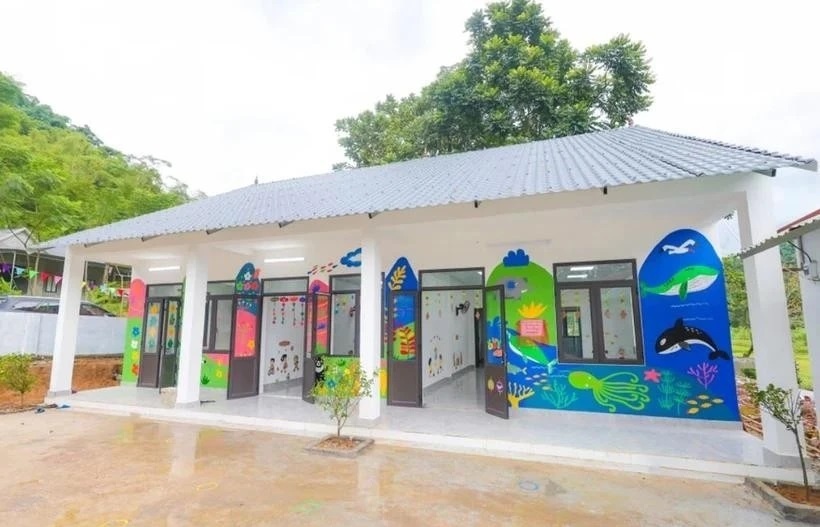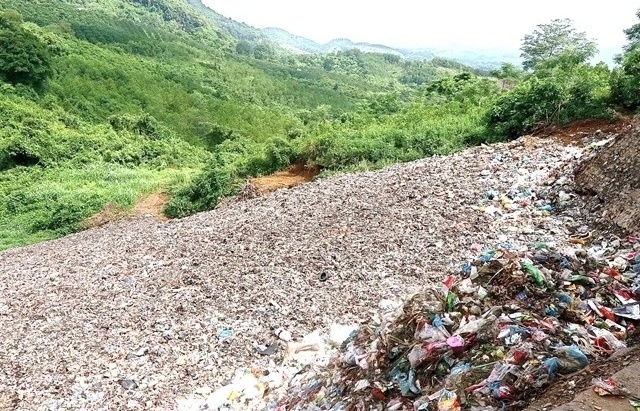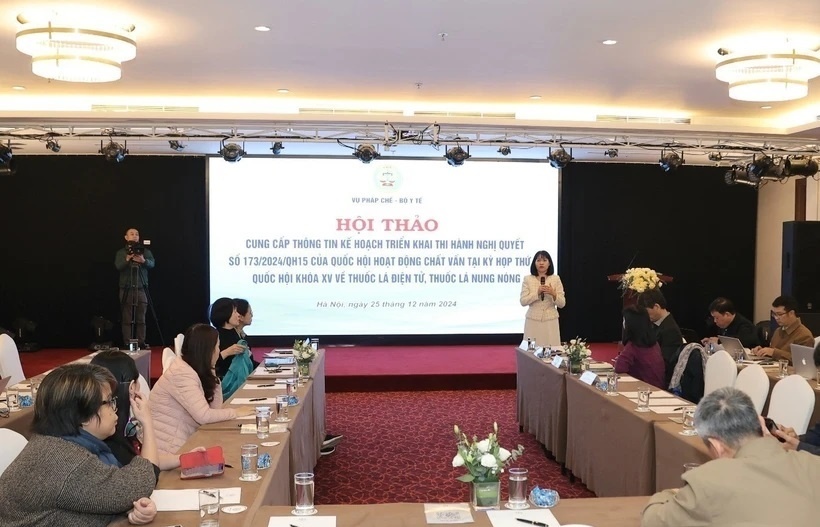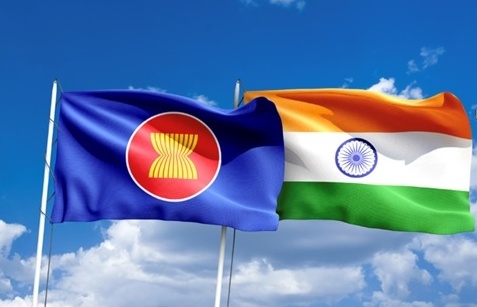Vietnam requests global aid for drought response
 |
Minister of Agriculture and Rural Development Cao Duc Phat told international partners and donors that the government, with help from some donors, had already mobilised over $7 million to cope with the prolonged drought.
“We need another $41.5 million from the international community to implement short-term measures for emergency aid,” Phat said last week in Hanoi at an international conference on Vietnam’s response to the drought.
“It is the government’s policy to not abandon any of its citizens in need, whether suffering through hunger or a lack of fresh water, or at risk from epidemics,” Phat stressed.
The emergency response plan tackles some of the most immediate crises, including the need for water, sanitation and hygiene, food, and healthcare. Some funding has already been secured to enable the government to mount a swift response.
UN Resident Co-ordinator Pratibha Mehta said that “The government has mounted an extremely strong response so far, but this is a unique event calling for a unique international effort”.
A joint rapid assessment conducted in March by the Vietnamese government, the UN, and non-governmental organisations estimated that in the 18 most severely affected provinces, around two million people are without access to water and 1.1 million people are in need of food aid. More than 60,000 women and children are already malnourished, and about 1.75 million people have lost their livelihoods as a result of the worsening situation.
Although up to a third of provinces nationwide have been affected by the prolonged drought, eight provinces are at risk of becoming severely affected in the coming weeks, with water shortages and the use of unsafe water posing a major risk for outbreaks of water-borne illnesses.
This, coupled with heightened food insecurity due to drought-induced crop loss, is likely to be a factor in the rising rate of children suffering from severe acute malnutrition, as reported by the joint rapid assessment.
In the Mekong Delta, the drought and reduction in groundwater levels have led to the most extensive saltwater intrusion in 90 years, the worst since records began. While saline intrusion is an annual phenomenon, this year it started nearly two months earlier than normal and has penetrated an average of 20-30 kilometres further inland.
As a result of the drought and saltwater intrusion, more than 400,000 hectares of crops have been affected with varying degrees of productivity loss, and 25,900 hectares have not been planted at all.
Since late last year, the government has provided 5,223 tonnes of food for distribution throughout the three worst-affected regions, and has allocated $45 million for national drought relief efforts.
So far, two million cubic metres of water, 630,000 doses of Chloramine B, and 400,000 Aquatabs have been delivered by truck to households without a secure water supply.
Given the worsening situation, on March 15 the government requested assistance from international partners for its relief efforts, prioritising support to ensure water supply, storage, and treatment in drought-affected areas, as well as food relief and enhanced monitoring of potential disease outbreaks.
In response to the crisis, a global call for support and action for 22 countries, including Vietnam, was announced in Geneva last week.
What the stars mean:
★ Poor ★ ★ Promising ★★★ Good ★★★★ Very good ★★★★★ Exceptional
Latest News
More News
- HCM City's Metro Line 1 transports 279,000 passengers in first three days (December 25, 2024 | 17:32)
- PM urges investigation into deadly café arson case in Hanoi (December 19, 2024 | 15:57)
- Criminal proceedings start on Hanoi café fire that kills 11 (December 19, 2024 | 15:53)
- Hanoi plans to build nearly 600km of urban railway by 2045 (December 13, 2024 | 11:31)
- Foreign sailor brought ashore for emergency medical treatment (December 13, 2024 | 11:21)
- HCM City needs over 40 billion USD for seven railway lines by 2035 (December 13, 2024 | 11:18)
- Ten needy households in Can Tho receive housing support (December 13, 2024 | 11:12)
- Requirements for foreign drivers, vehicles operating in Vietnam (December 13, 2024 | 11:03)
- Hanoi pushes To Lich river cleanup and urban wastewater overhaul (December 10, 2024 | 14:55)
- Green and smart transition to address urban challenges (December 10, 2024 | 11:47)


















 Mobile Version
Mobile Version